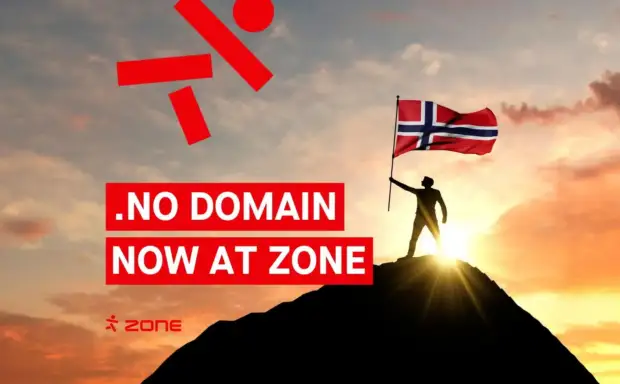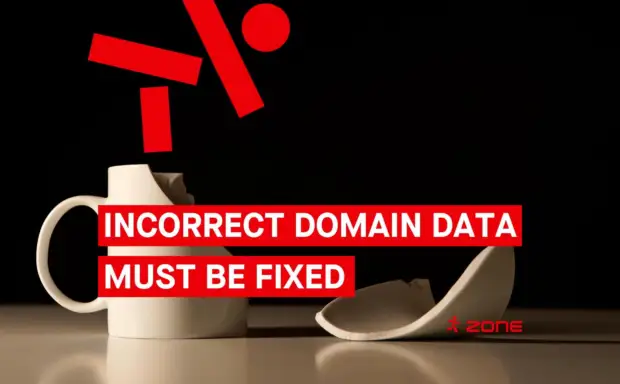This blog post is more than 39 months old and may be out of date.
What is a good website? Outstanding design and user-friendliness are good answers. Advertisements are also quite annoying, so there should be as few of those as possible. Web owners often tend to forget one of the most important factors, though – the speed.
You could have the most beautiful website in the world, but what’s the use if it takes too long to load and navigate? How can I measure the speed of my website and make it faster, if necessary?

Regularly check the speed of your website
By now, people are used to web pages that take two to three seconds to load at the most. That is, of course, assuming their own Internet connection is not faulty.
If it takes more than 5–6 seconds to load a web page when having a good Internet connection, most people are likely to go looking for another website. As a result you will of course lose a potential customer. So it’s very important to get your website to load and function as quickly as possible.
There are a number of tools available for measuring website speed, for example Pingdom or GTMetrix web services. These tools analyse your website in depth to determine how fast it is and what could be improved.
What if the speed is low?
What can you do if the speed of your website turns out to be poor? Fortunately, there are a few simple tricks that can help to speed things up.
For example, too much plugins could make a page load somewhat slower. Take a good look at the plugins on your website – do you really need them all? Also don’t forget to update essential plugins regularly!
The number of large files (images, videos) on your website can also slow it down. It makes sense to load only those images at first that are visible on the user’s screen on the top part of the page. The rest of the files displayed on the page will appear as the user scrolls down.
Another way to make your site faster is to use caching. This is a process of temporarily storing the data on a web page to the cache. Essentially, this tool will create a static version of the website and display it to the visitor instead of the dynamic one.
Post navigation
Popular posts

.NO domain now at Zone – is your business ready for the Norwegian market?

Zone Webmail 3.0: New features that make email management easier than ever

Still the rightful owner of your domain? ICANN’s new rule means it’s time to double-check
